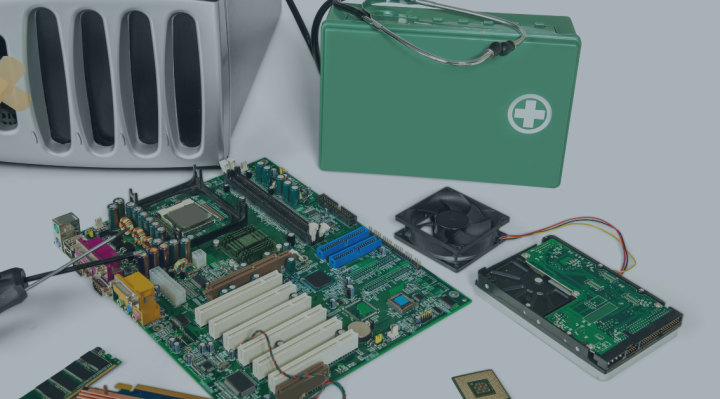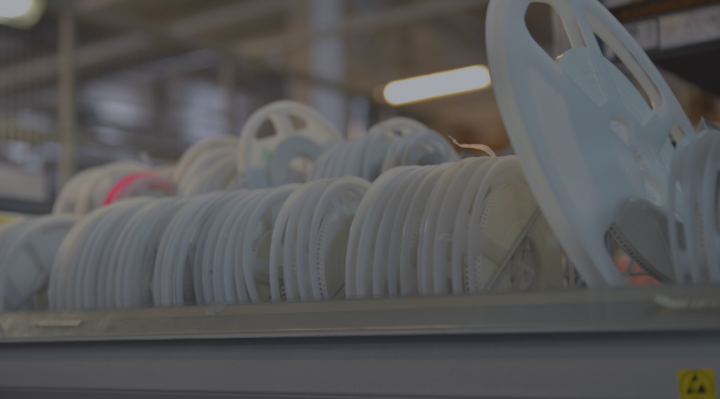GENERAL OVERVIEW
A negative trend in terms of prices, strong allocations and extended lead times is still observed. Based on the Supplyframe IQ report, it is expected that 85% of all chip prices will increase in the second quarter with longer lead times for 83% of materials.
As of today, unofficial signals from the suppliers are received, that Q3/Q4 of 2022 will be very problematic and to expect material delivery delays, especially in relation to the materials on allocation.
According to the information given today and observation of the factors, it is seen that, the situation will continue throughout 2022. The demand remains high and Q1 of 2022 saw chip sales increase 23% year over year. Due to a higher inflation and drastically rising interest rates in many economies, a global slowdown is inevitable and the demand will moderate. Nevertheless, the stretching levels of backlog orders for chips, and general growth in electronics may cause that the demand for electronics may not be strongly influenced by the changing macroeconomic conditions and problems in supply may continue well into 2023.
As of today, the upward trend in prices continues and lead times remain at high levels. This applies to all commodities, and mainly semiconductors. There is no observable downward trend in prices and lead times and no clear perspective of improvement is visible.
MATERIAL MARKETS
Pricing
Further communication about price increases, that include major chip makers e.g. STM, Microchip is observable. The actual increases tend seem to be even higher than the levels communicated within the official letters from the manufacturers.
The PCB pricing, although in an upward trend due to the macroeconomic conditions, remain rather stable. This also applies to lead time for PCBs.
Open Market
The shortages of materials in the open market are significantly visible. Especially materials on allocation seem not to be available at all on the open market in many cases, including brokerage sources. Even if available, the pricing level is often economically unjustified and unreasonable, while the origin of the materials remain unknown and doubtful.
Global Distribution
It is seen that selected global distributors implement NCNR (non-cancellable / non-returnable) policies counting from the requested date, even when the distributors confirmed dates are ranging in the area of 2024-2025. This shows a clear trend that distributors are afraid of the risk of mass cancellations due to the changing macroeconomic conditions.
KEY GLOBAL EVENTS
Key global events further negatively impact the availability, pricing trends, ease of transportation and their costs. This refers particularly to Covid-19 lockdowns in China, as China is facing the biggest outbreak in two years. Shanghai, the most affected city, is still under partial lockdown and no end of the lockdown has been officially announced. The lockdown has a large impact on decline in air cargo and sea freight. The congestion is increasing, especially relating to the sea freight and so is the quality of service. Delays are visible. The zero-covid policy in China is also impacting dozen of factories, causing their closure. As a consequence of Covid-related shutdowns at factories in China, Texas Instruments reported 10% lower expected revenue in the second quarter, where the company cannot ship its chips for assembly factories in China. STMicroelectronics reports a similar issue.
As to the Ukrainian – Russian War, no direct impact on the electronics materials sector is visible in the supply chain. Nevertheless, indirect impact is evident (e.g. costs of fuels, commodities, disruptions in rail/road transportation routes, limitations of business with Russia) and the event will definitely impact the global macroeconomic situation and price pressure.
In the environment of high global inflation and sharp raise of the interest rates, an unexpected adverse economic event may be inevitable.
MAJOR CONCLUSIONS & RECOMMENDATIONS
The majority recommendations remain as communicated previously, and are mainly related to demand visibility.
Demand Visibility: With the extending lead times - demand visibility (forecast/purchase orders) for a period of 18-24 months is strongly anticipated to support a smooth supply of materials. It is recommended not only to increase demand visibility, but also if necessary - to conclude a separate material purchase agreement with us to secure key long lead time materials for potential future needs. This will be essential to deal with unexpected demand.
Consequences of lack of visibility: This will inevitably result in gaps in meeting potential future demand at the desired times. It is suggested to predominantly focus on materials that are on allocation or/and have extended lead times.
Counterfeit materials: a number of counterfeit material deliveries from unauthorised, brokerage sources, have been experienced. it is recommended to eliminate purchases from unauthorized sources.
Price increases: The price pressure is to remain – both due to scarcity of materials and supply higher than demand, coupled with inflation pressures. it is important to keep in mind that placing POs early at manufacturers or distributors does not prevent from future price increases.







